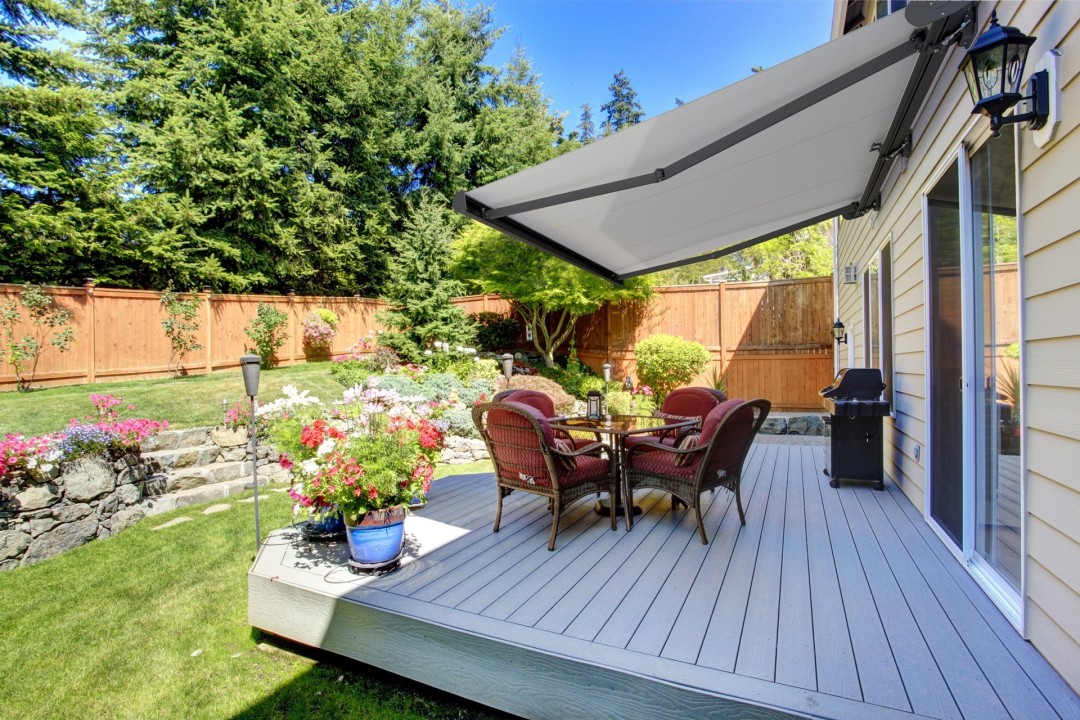

Awnings, known as “awinings” in some local dialects, hold a special place in the architectural and cultural landscape of the Malay people. These practical yet stylish structures are more than just protection from the elements; they are an integral part of the traditional Malay way of life.
In traditional Malay architecture, the rumah Melayu (Malay house) often features expansive verandas or “serambi” shaded by large, ornate awnings. These awnings, typically made from natural materials such as woven palm leaves or bamboo, are designed to provide shelter from the intense tropical sun and heavy rain, creating a cool and comfortable outdoor living space. This design not only reflects the Malay people’s resourcefulness in using locally available materials but also their deep connection to their environment.
The awning’s function extends beyond mere protection from the weather. In Malay villages, known as kampungs, the serambi serves as a communal space where families gather, children play, and guests are entertained. The awning thus symbolizes hospitality and community, embodying the Malay values of togetherness and social cohesion.
In contemporary Malaysia, while many traditional houses still retain their classic awnings, modern awnings have evolved in both design and materials. Nowadays, you can find awnings made from durable synthetic fabrics, metal, and even high-tech polymers that offer enhanced UV protection and durability. These modern awnings are often used in urban homes, commercial buildings, and even restaurants to create comfortable, shaded outdoor areas.
Despite these modern advancements, the aesthetic influence of traditional Malay designs remains strong. Many modern awnings feature intricate patterns and designs that pay homage to traditional motifs, blending the old with the new. This blend of tradition and modernity ensures that the cultural heritage of the Malay people continues to thrive in contemporary settings.
Aside from their cultural significance, awnings offer numerous practical benefits:
When selecting an awning, it’s important to consider the specific needs and aesthetic preferences. Traditionalists might prefer natural materials and handcrafted designs, while those looking for low-maintenance options might opt for modern, synthetic fabrics. Additionally, retractable awnings offer flexibility, allowing homeowners to adjust the shade according to their needs.
Awnings are much more than a functional addition to Malay homes; they are a testament to the Malay people’s ingenuity, their respect for nature, and their deep-rooted cultural values. Whether in a traditional kampung or a modern city, the presence of an awning continues to reflect the timeless essence of Malay hospitality and community spirit.
By understanding and appreciating the significance of awnings, we not only enhance our living spaces but also honor the rich cultural heritage that they represent.
